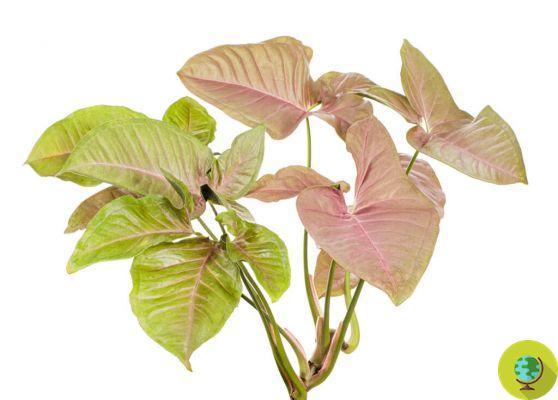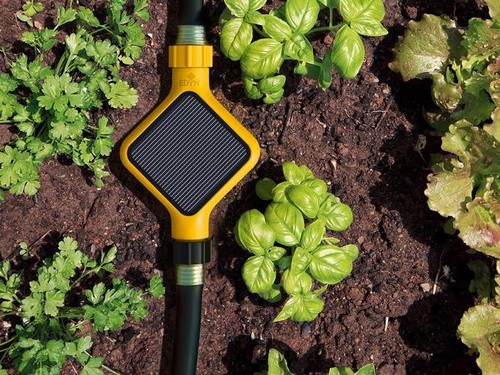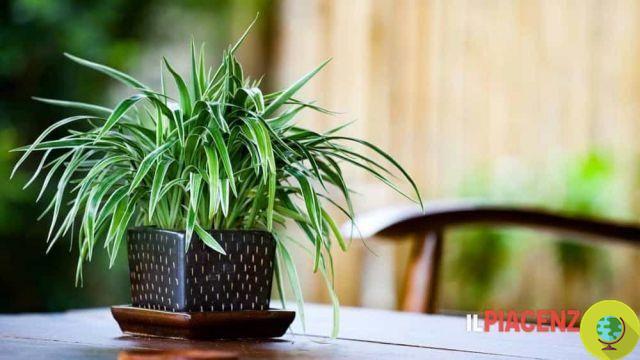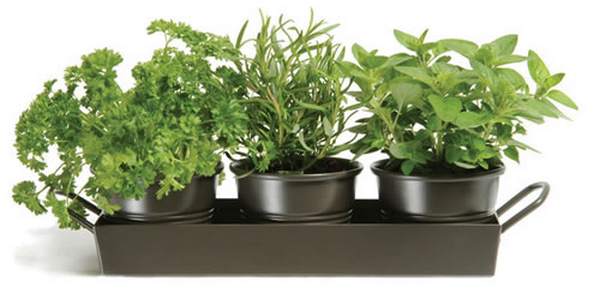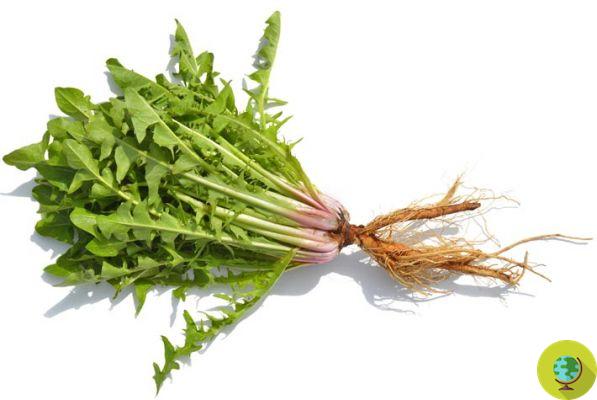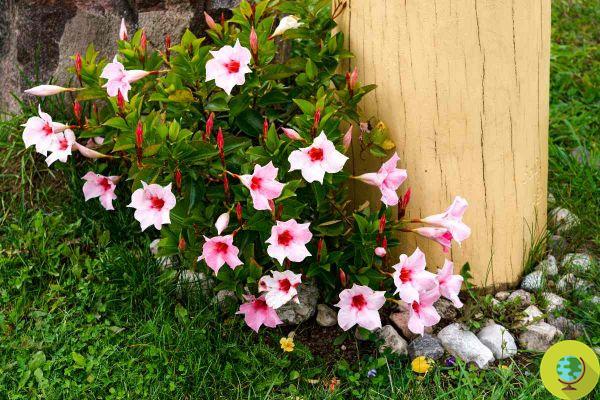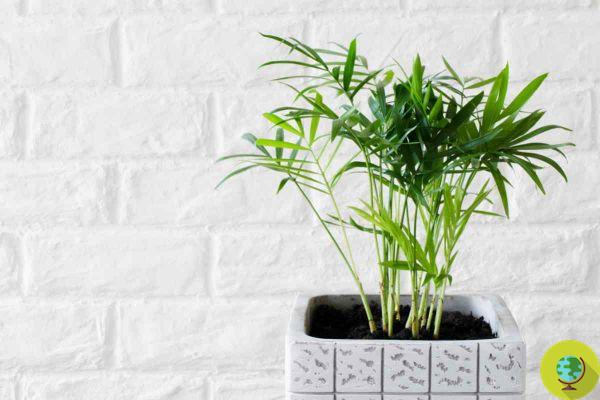
Do you love plants, trees and flowers and are you trying to refine and perfect your "green thumb"? Are you one of the lucky ones who have a beautiful garden and hope it will survive the harsh winter temperatures and then flourish again, more luxuriant and more beautiful, in spring? Here are 6 tips that can help you in your purpose:
He is about to end up run over, his mother saves him
Love plants, trees e fiori and are you working hard to refine and perfect your "green thumb"? You are among the lucky ones who have a nice garden and hope it survives severe winter temperatures and then flourish again, more luxuriant and more beautiful, in spring?
Here 6 suggestions that can help you in your purpose:
Reduce the use of fertilizers
If you are used to using fertilizing substances, reduce its use from the beginning of thesummer, until they are completely eliminated by the end of the summer. Plants e fiori they must in fact face the arrival ofautunno and colder temperatures in good health, but they don't have to grow too fast.
Acqua as long as possible
Make sure that the soil of your garden is always well watered (compatibly with the type of plants you grow) so that the roots do not remain dry and do not dry out. Starting from the autumn months, gradually decrease the daily dose of water but continue to water your garden anyway until it is possible and the soil is not frozen (this limit hypothesis applies if you live in areas from climate particularly rigid).
Watch out for exposure
If you are cultivating or want to grow cold-resistant plants (not only i evergreen, but also some types of vegetables and bulbs, like the tulips), take care to choose a corner of your garden facing north or north-east. It might seem counterintuitive, but keep in mind that plants that grow facing south or southwest are more exposed to the sun and in the winter months this means experiencing daily jump in temperature which could be harmful to them health.
Keep the roots warm with mulch
Spread a generous layer (about 4 fingers) of dry foliage and bark residues to protect the soil of your garden, it ensures that it is maintained umido and that its temperature remains as constant as possible, preventing the roots of the plants from being subjected to too sudden variations and freezing.
Tie the branches of the plants to the stem
If you live in a very cold area, prone to storms and frequent snowfall, remember that the weight of the INFO and ice can break the fronds of your plants, particularly when it comes to coniferous e hollies. For this reason, it is preferable to tie the branches to the stem, and then free them when the danger has passed.
Create a protective barrier
Protect the most delicate plants by sheltering them from wind, which in winter can be cold and violent. For this purpose, you can attach more or less high sticks around them (it all depends on the height of the plant to be protected) and make the jute, in order to create a sort of "do-it-yourself hut". Or, for shorter plants, you can make a bamboo cane. However, keep in mind that the protection must not completely dominate the plant, but must leave the upper part free, which still needs a certain amount of light. And also remember that for evergreens this type of protection is not necessary: on the contrary, it could even be harmful.
Finally, if you live in campaign or in isolated places, where it may snow often and abundantly, remember that, during the winter period, your plants could become an appetizing source of food for some rodents ... in this case, the only advice is to keep your eyes open!
Lisa Vagnozzi
Read also How to prepare the garden for the winter: here are the do-it-yourself tips







